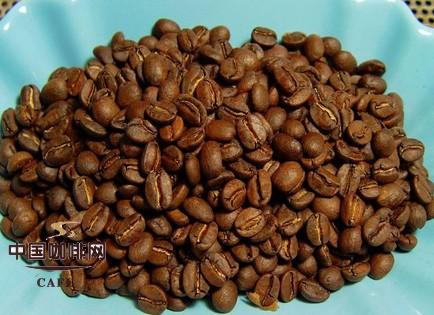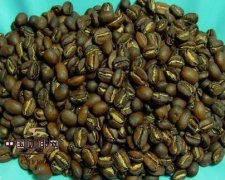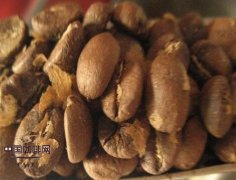A good cup of coffee mainly depends on three factors.

The raw bean quality of coffee, the roasting quality of coffee and the brewing quality of coffee are three main factors. So if you want to drink a good cup of coffee, you can't just focus on how to brew the coffee, cook it for a few seconds, stir it a few times, and be able to master the raw bean characteristics of the coffee, the roasting quality / characteristics of the coffee, and the duration of the coffee after baking.
Baking quality of coffee beans:
a. Performance of roaster:
Stability, heat transfer efficiency, roaster type
b. Personnel quality:
Material properties, machine properties, understanding and mastery of coffee bean baking heat treatment characteristics (physical / chemical).
c. Preservation of roasted coffee beans:
At present, the preservation of roasted coffee beans in one-way valve bags is one of the most convenient and perfect methods. In addition to avoid air and ultraviolet rays, so that coffee beans re-oxidation. After the raw coffee beans are roasted, the gas produced in the cells is discharged outside the coffee beans, and then discharged out of the package through an one-way valve, which can make the coffee beans taste better!
So after the coffee beans are roasted, it is not immediately the best time to drink, but after 2-3 weeks, cooked in the air valve belt, the flavor will be better!
But do not leave it for more than 2 months, otherwise the flavor of the coffee will deteriorate and produce the smell of stink, and even the best coffee beans will go bad. Affect the flavor of coffee and the health of drinkers.
d. Baking degree:
The degree of roasting represents the degree of heating and coking of coffee beans. with the deeper the roasting degree, the volume of coffee beans will become larger, the appearance color will gradually blacken, and the taste of coffee will change from sour to sweet, salty and finally to bitterness; the aroma will change from flower aroma to nuclear aroma, coffee, chocolate aroma and finally coke flavor.
The roasting degree of coffee is divided into 8 common roasting degrees from the beginning of the first explosion to the end of the second explosion:
Cinnamon roast 、 Medium roast 、 High roast 、 City roast 、
Full City roast 、 Italian roast 、 French roast 、 Dark roast
Important Notice :
前街咖啡 FrontStreet Coffee has moved to new addredd:
FrontStreet Coffee Address: 315,Donghua East Road,GuangZhou
Tel:020 38364473
- Prev

80% of the taste of coffee is determined by roasting.
Baking, as the name implies, is to provide heat to coffee beans, and to produce chemical changes in the internal structure of coffee beans by heating, that is, heating converts starch in raw beans into sugar 5 or acidic substances at high temperature. substances such as cellulose will be carbonized to varying degrees by carbon, water and carbon dioxide will be evaporated, proteins are converted into enzymes, and the rest of the fat will knot.
- Next

The concept and principles of coffee roasting basic knowledge of coffee
As the name suggests, roasting is to provide heat to coffee beans, causing a series of chemical changes inside. Raw coffee beans show the unique color, aroma and taste of coffee by roasting. Every coffee bean contains fragrance, sour taste, sweet taste and bitter taste. How to release it incisively and vividly depends on the heat of baking. From the insipid raw beans to the endless fragrance in the cup
Related
- Beginners will see the "Coffee pull flower" guide!
- What is the difference between ice blog purified milk and ordinary milk coffee?
- Why is the Philippines the largest producer of crops in Liberia?
- For coffee extraction, should the fine powder be retained?
- How does extracted espresso fill pressed powder? How much strength does it take to press the powder?
- How to make jasmine cold extract coffee? Is the jasmine + latte good?
- Will this little toy really make the coffee taste better? How does Lily Drip affect coffee extraction?
- Will the action of slapping the filter cup also affect coffee extraction?
- What's the difference between powder-to-water ratio and powder-to-liquid ratio?
- What is the Ethiopian local species? What does it have to do with Heirloom native species?

